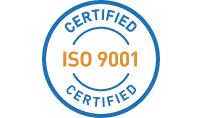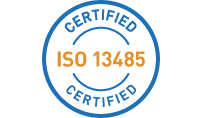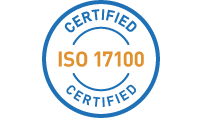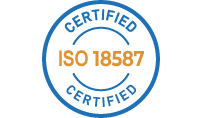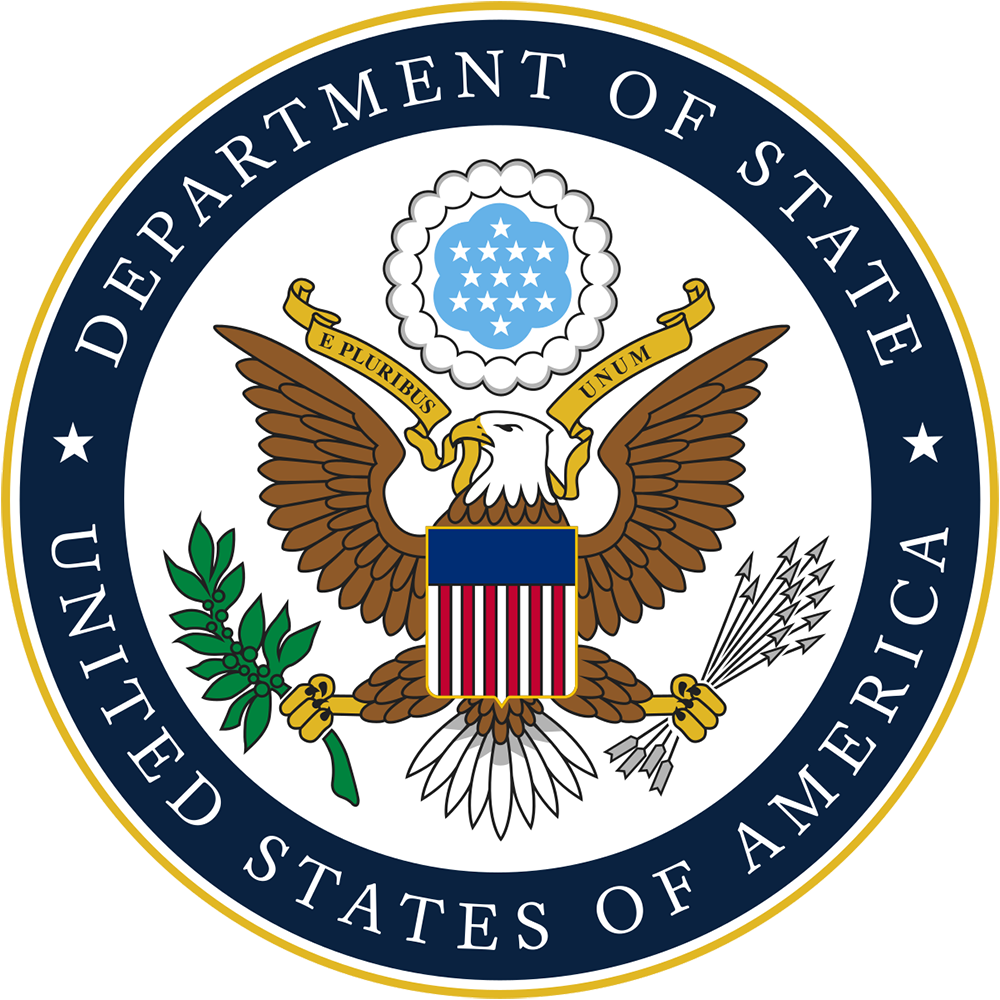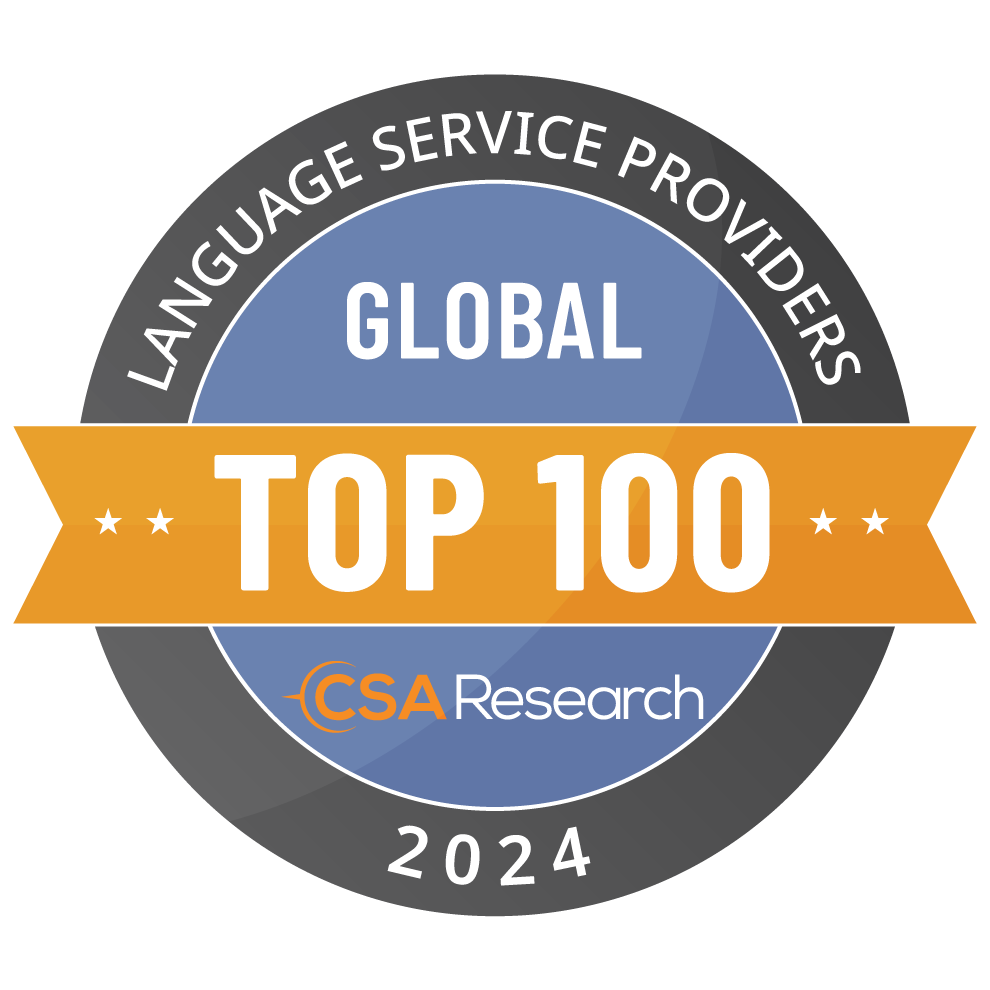
[Intro: The goal of this article is to introduce you to the concept of “Managed Authoring” – efficiently translating your organization’s valuable documents, media, and website into other languages – at the same time saving you time and money, and speeding your products and services to new global markets.]
To Successfully Enter – and Grow Within – Global Markets…
Your organization must localize its products, including its information products.
In order to do this efficiently, your goal is to streamline the translation/localization process so that you can bring your products to different locales quickly and effectively.
By using software applications variously called “Controlled Language Checkers”, “Translatability Assessment Tools” or more broadly “Managed Authoring Tools”, your team can optimize the documentation process, both in terms of translatability and readability.
So, What IS a “Managed Authoring Tool”?
Similar to the traditional grammar checkers such as Microsoft Word that your team uses every day, a managed authoring tool is a software application that checks linguistic integrity and consistency of terms in your original English language documents.
The functional difference between grammar checkers and managed authoring tools is in the rule sets that are employed by the two types of systems. Whereas the grammar checkers focus solely on grammatical violations, managed authoring tools check the conformance of grammar, style, and terminology guidelines.
Often used in conjunction with grammar checkers, managed authoring checkers go beyond grammar checkers to spot violations of translatability and company-specific writing guidelines and terminology.
For example, a managed authoring tool would approve of the sentence “The prompt flashes at start up” while “The prompt flash at start up” would be flagged as a grammar violation.
Sentence Length – No Longer Than 20 Words
One style rule included in virtually all managed authoring tools is a restriction on sentence length. Although grammatically correct, long sentences are notoriously difficult to translate. The sentence length restriction can be customized, but 20 words are at the outer limits for translation accuracy.
Terminology consistency is key to both human and automated translations. Terminology may be specific to your industry or organization.
With a single term meaning a single concept, the translation of that term can be fixed resulting in consistency between English and the language you choose for translation. As an example, the term “File Manager” could be an approved form and “File Management” could be the unapproved form that should not be used in your organization’s documentation.
Benefits of Your Using a Managed Authoring Tool:
- Improved readability, corporate branding and reduced legal risk
- Far fewer ambiguities in original text
- Your organization’s content becomes consistent
- Lower localization costs
- Aligns translations more closely to your product releases, and
- Much “faster time to market”
As you see, the benefits of managed authoring tools are many. In general, they include improved translatability and readability as well as improved efficiencies in authoring and translation processes.
One major value of managed authoring tools is the reduction of ambiguities in your original source documents. By reducing such ambiguities at the authoring stage, documents enter the localization phase translation-ready, again saving you time and money.
With Grammar, Style, and Terminology Checks, Your Organization’s Content Becomes Consistent
As more and more of your content is consistently translated, the leveraging of “translation memories” (a database that stores “segments” that have previously been translated) improves, and the need for new translations decreases, thereby reducing your localization costs.
Also, as translatability improves, localization time is reduced. This allows for faster time to market of your new products. A reduction in localization time also allows authoring time to align more closely with your product releases.
In many organizations, authoring and editorial review are separate processes. By using a managed authoring tool, the two processes will continue to exist.
However, many of the errors that are caught by a human editor will be found during authoring time, resulting in less editorial review time and an improved documentation process.
“Terminology Consistency” Improves Corporate Branding; Reduces Legal Risk
Terminology consistency, a key component throughout the entire localization process, improves readability, corporate branding, and reduces legal risk.
Terminological databases include product names, trademarks, and service marks that must remain constant. For legal reasons, these should not be translated and managed authoring tools highlight misuses of these types of terms.
By incorporating your organization’s style guidelines into a “rule set” of an authoring tool, your resulting documentation will reflect improved readability and corporate branding.
While readability is important to native speakers, it has added benefit to non-native speakers. Since organizations may not have the resources to localize to smaller markets, highly readable source language documents can provide valuable information in non-localized locales.
Challenges with Managed Authoring Tools
Probably the #1 challenge with managed authoring tools is writer-resistance. This resistance manifests itself in three ways:
- A new application needs learning,
- There is a change to the current authoring process, and
- Authors are concerned that guidelines will result in stilted texts.
Of course, a new piece of software will always require some learning. The learning curve, however, is small since many of the managed authoring tools are integrated with desktop publishing systems and editors that your authors are already familiar with.
The authoring process will change with managed authoring, as writers will address more of the writing errors that were once dealt with by editors. However, the tool will provide quick feedback with consistent error messages. This will allow authors to correct errors while the text is still fresh in their minds and reduce editorial time.
Managed authoring does not mean that the writing process is severely restricted. In fact, traditional grammar and corporate writing standards already impose a managed authoring environment. Instead of a totally human review, a managed authoring tool automates aspects of the editorial review. Writers will continue to have authoring freedom and ownership.
Bottom Line: Better Content, Cheaper and Faster Global Distribution
Managed authoring tools provide value not only for authors, but also for the localization process. These products provide consistency of content and communications, and control of your organization’s brand in global markets.
Authors can have direct impact on the localization process by producing texts that are more readable and easier to translate, thereby, reducing localization time and costs.
As a result, your organization can shorten product release time to global markets to gain an edge over your competitors.
If “Managed Authoring” sounds like the next step for your organization’s global plans…
Contact us at Medialocate for more detailed information, including:
- A select list of suppliers of Managed Authoring tools,
- A half-day seminar on key benefits and insider tips on managed authoring,
- A managed authoring audit with subsequent tools and process recommendations, or
- A complete implementation of managed authoring tools.
Email us [email protected] or call 1-800-776-0857





